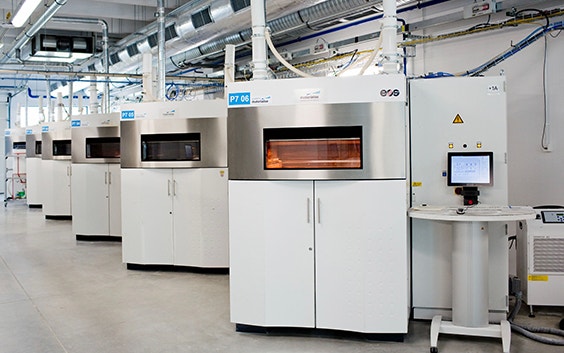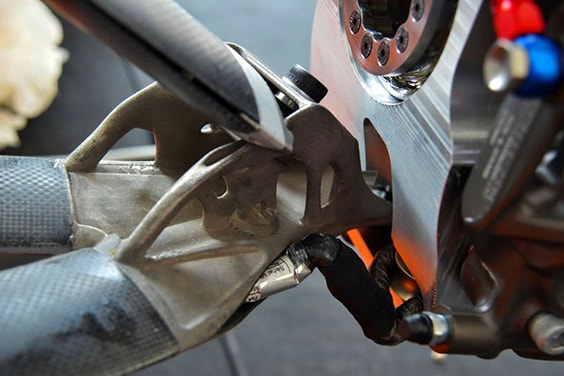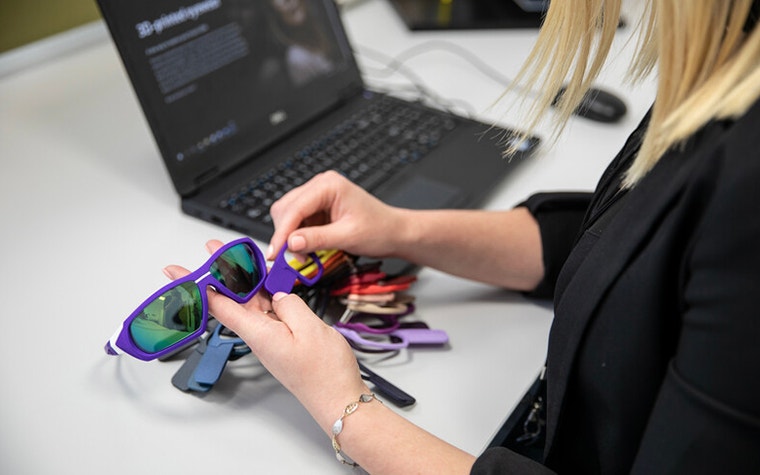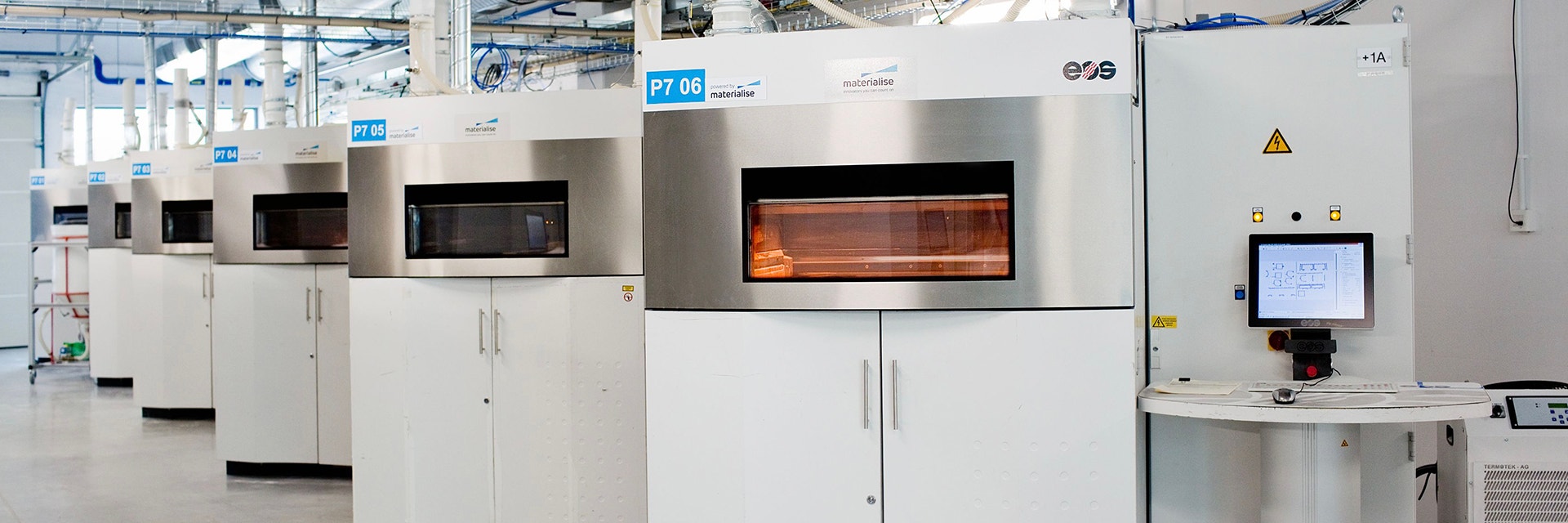EXPERT INSIGHT
Driving Growth in Additive Manufacturing with BASF

3D printing is a revolutionary technology capable of transforming entire industries and challenging our traditional manufacturing processes. But a lack of interoperability can be a barrier to more widespread adoption. Strategic alliances, such as our alliance with BASF, promote a more open market model.
Development of new materials, better and faster machines, and increased automation provide new impulses to the 3D printing industry and lead to continued innovation. This has helped to position 3D printing not just as a prototyping technology but as a relevant alternative and complementary manufacturing technology for final products.
As a result, we are seeing increased adoption of 3D printing among industrial manufacturing companies. Leading manufacturers in the automotive, aerospace, and consumer goods industries turn to 3D printing as they recognize the design optimizations it creates in existing vertical applications and the potential to create new and significant business opportunities in new markets.


However, today’s 3D printing industry doesn’t yet offer the interoperability that industrial manufacturers are looking for. If they want to be serious about adopting 3D printing as a complementary manufacturing technology for final products, they simply cannot afford to be locked into proprietary solutions that limit their flexibility and choice. If we, as an industry, want to increase the adoption of 3D printing, we need to work together to provide more control, more choice in materials and systems, and ultimately lower costs.
A shared vision for growth
Materialise’s strategic alliance with BASF, the largest chemical producer in the world, intends to drive growth in the 3D printing industry by promoting a more open market model.
Materialise and BASF share a vision for growth in the 3D printing industry that builds on the creation of meaningful applications in an open and vibrant ecosystem. That’s why Materialise will continue to identify applications that can benefit from 3D printing, and our close collaboration with BASF will help to develop these applications, especially when new materials or material adaptations are required. BASF will use our 3D printing facilities, one of the largest in the world, to launch or certify new materials in multiple verticals such as aerospace, automotive, and wearables.
A good example is the transformation we are driving in the eyewear industry. The design optimizations and functional improvements enabled by 3D printing in combination with the possibility of mass customization hold the potential of revolutionizing this entire industry, similar to what we did in the hearing aids industry.


For many people, eyewear is an extension of their personality. So if we want to be truly successful in capturing the eyewear market, we need to think beyond optimizing production processes and functional optimizations. By identifying and developing new materials, we can also create the bespoke look and feel that people are demanding from their eyewear.
New applications, new opportunities
The combination of our software and BASF’s expertise in chemicals serves to accelerate the development of new applications and create new business opportunities. To support Materialise in identifying and developing these applications, BASF has agreed to invest $25 million in our company through a private placement of new shares. In addition, we are also extending the possibility to participate in our capital increase by announcing a public offering of up to $50 million in new shares.
Having the support and expertise of a leading company such as BASF is a testament, not only to the capabilities of Materialise, but also to the relevance and the growth potential of the entire 3D printing industry.
This alliance is another giant leap forward in unlocking the full potential of 3D printing as a complementary manufacturing technology and taking a bigger share of the global manufacturing market.
Share on:
You might also like
Never miss a story like this. Get curated content delivered straight to your inbox.
